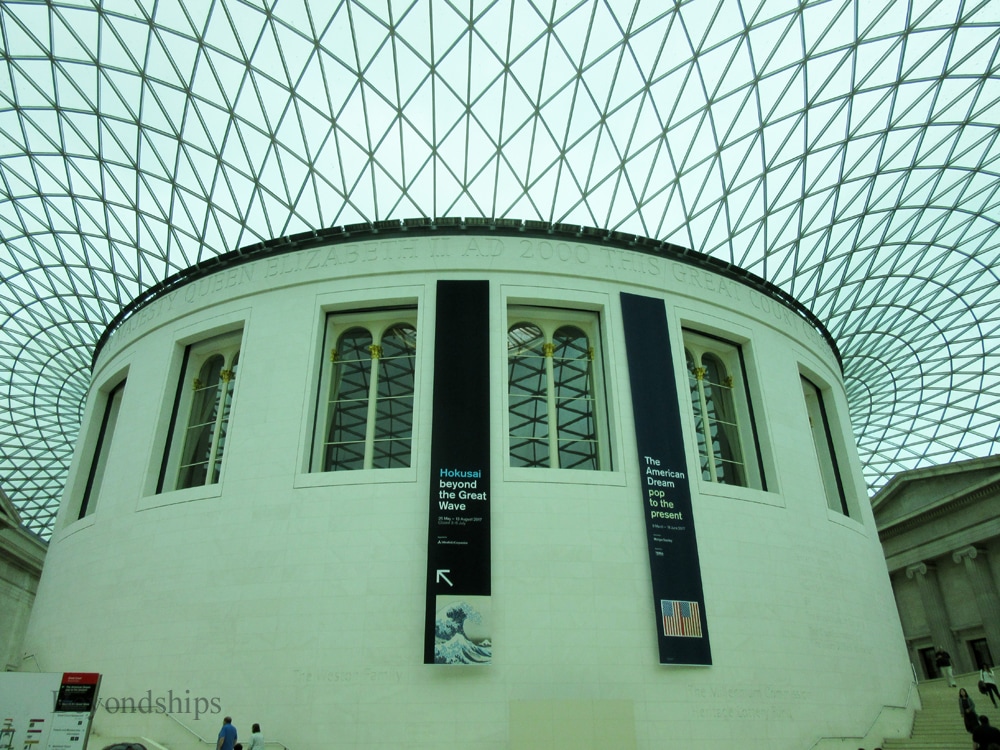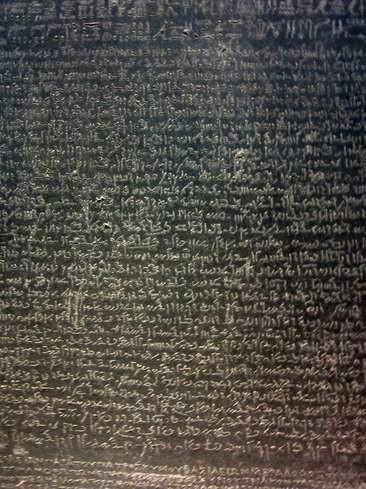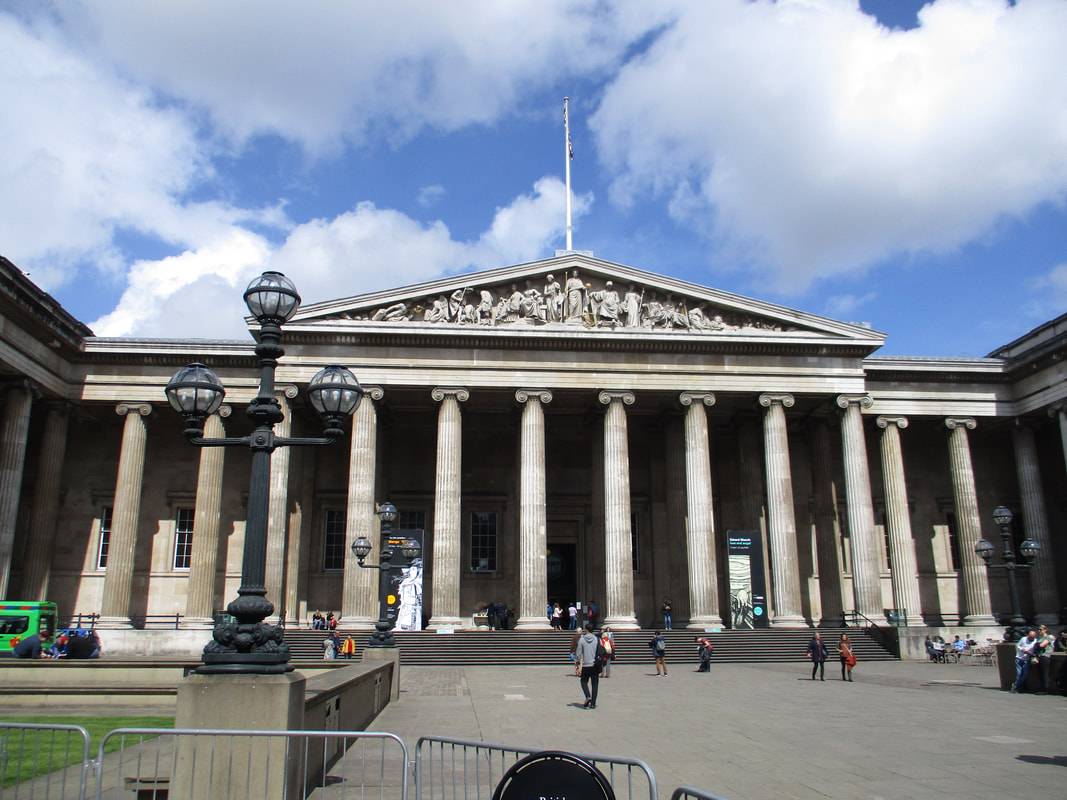|
The British Museum is one of the world's largest museums. Its collections include some 13 million objects. More than six million visitors come to explore these collections each year.
The Museum was founded in 1753 when Sir Hans Sloane offered his collection of some 71,000 books, manuscripts, antiques and artifacts to the nation. Parliament voted to accept his proposal. The objective was to create a universal museum covering a wide range of subjects, which would be free and open to the public. Montaqu House, a mansion in London's Bloomsbury section, was the first home of the British Museum. However, the collections quickly grew beyond the capacity of Montaqu House. Therefore, in 1827, work began on a new building on the site of Montaqu House. That building, designed by Sir Robert Smirke, opened in 1852 and is the nucleus of today's museum. The new building was designed as a quadrangle with four wings surrounding a courtyard. Its main entrance is in the Greek Revival style and has a facade of Portland stone. Because the collections continued to grow, several additional buildings have been added over the years. In 1857, the Round Reading Room was constructed in the center of the original building's inner courtyard for the British Museum Library, then the second largest library in the world. Subsequently, the Reading Room has been used by such diverse writers as Karl Marx and Sir Arthur Conan Doyle. In 1997, the library moved to its own building as part of the now independent British Library. Following the library's move, the inner courtyard was redeveloped. A glass and steel roof now covers the Queen Elizabeth II Great Court around the Reading Room. Covering some two acres, it is the largest covered space in Europe. The museum's collections cover a wide range of topics that can be described as falling under the categories human history and culture. It is not an art museum in the sense of being a gallery of paintings. It more or less abandoned that role in 1824 when the National Gallery was founded although the British Museum does have exhibits of drawings, prints and watercolors. Rather, it is an art museum because many, if not most, of the objects that speak of human history are works of art. Perhaps this is best illustrated by the museum's collections of statues from ancient Egypt, Greece and Rome. For the most part, the names of the subjects and of the artists have long been forgotten but the artists continue to speak to us through their works. The best known collection at the museum is the Elgin Marbles. Most of these are statues that once adorned the Parthenon in Athens, Greece. In 1816, Greece was part of the Ottoman Empire. Thomas Bruce, Seventh Earl of Elgin, allegedly persuaded the Ottomans to allow him to have some of the statues from the Parthenon and from other ancient sites. His intention was to use them to decorate his house in Scotland but as a result of a messy divorce case, he offered to sell the statues to the British government. The purchase of the statues was controversial even at the time. Lord Byron called it looting. There was also some doubt about whether Elgin had obtained the statues legally. On the other side, the Parthenon had suffered considerable damage because of various wars and its neglected statues were being broken up by locals for their lime content. Furthermore, inasmuch as there are no plans to restore the Parthenon, it makes little difference whether the works of art are displayed in a museum in London or a museum in Athens. If every work of art were returned to the country where it was made, no museum would be able to tell the world's story. In any event, the debate has continued down the centuries. Meanwhile, the impressive statues remain one of the museum's most popular exhibits. In addition to its permanent exhibits, the British Museum has special temporary exhibits. The British Museum is a vast complex that cannot be covered satisfactorily in one day. The exhibit spaces have been re-developed to contemporary standards and are user-friendly with plenty of information about the objects. There are also places to eat and shop. For further information about visiting the British Museum, see the British Museum website. For more information on visiting London, see our London page
Apsley House Bankside Gallery British Museum Courtlauld Gallery Guildhall Gallery Hayward Gallery Institute of Contemporary Arts (ICA) Mall Galleries National Gallery Queen's Gallery Royal Academy of Art Saatchi Gallery Serpentine Galleries Tate Britain Tate Modern Wallace Collection Victoria and Albert Museum |
Above: The exterior of the Round Reading Room in the Queen Elizabeth II Great Court.
Below: The Rosetta Stone, acquired in 1802, ws key to dechyphering hieroglyphics. ARTICLES AND REVIEWS
Art review "Rembrandt: Thinking on Paper" Art review "Edvard Munch: Love and Angst" |
Places to see art - London, England - British Museum


